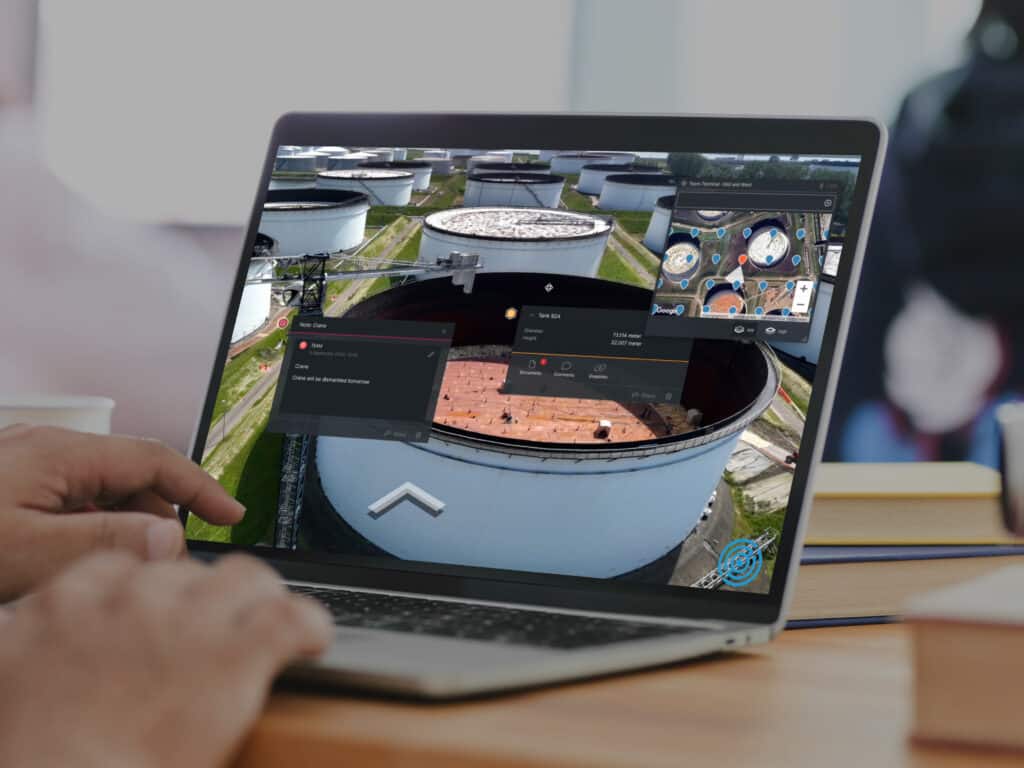That’s why customer satisfaction can’t be treated as a standalone metric. It has to be woven into the way you run your business every day and that starts with smarter workflows.
Your brand is built on what you deliver
What happens behind the scenes of tank and terminal ops has a huge impact on the customer experience. That might seem like a massive understatement, but smooth operations mean smoother service. And when things are running with hiccups, clients don’t think about you. As much as there’s a push to be front of mind, when it comes to delivery, you’re better off working well without anyone noticing. That’s because you only get so much goodwill. When things don’t go to plan, trust is quick to run out pretty quickly.
And trust, once lost, is hard to win back. It’s not only about meeting SLAs or avoiding complaints, it’s about creating a sense of confidence that your systems, your team and your planning are reliable. When teams are proactive, working with some foresight, clients pay attention in the right way. There’s less second-guessing, fewer escalations, and more collaboration. Customer satisfaction, then, becomes less about putting out fires and more about reinforcing reliability every day. But to get there, operational decisions have to serve more than internal goals. They must be shaped by the impact they have on the people you’re serving.
Avoid tough conversations
That’s where smarter workflows come in. When systems are connected and information is readily available and trusted, operators can keep up. And while no tool is a magic fix, having the right ones makes a real difference. Site Explorer acts as a digital window into your entire site. From planning to inspection, to reporting, it brings everything together in one clear view. Instead of juggling multiple systems or sending endless follow-up emails, teams can quickly see what’s happening and what needs to happen next. It makes coordination smoother and helps prevent delays before they even begin.

Improve maintenance efficiency
Then there’s Condition Monitor (CM), which makes it so maintenance doesn’t become a source of friction. With up-to-date insights into asset conditions, operators can get on top of maintenance and repairs early and avoid the kinds of issues that disrupt timelines and frustrate customers. Inspections become smarter, and maintenance becomes targeted, not one-size-fits-all.
Together, these tools give operators the visibility and confidence to move from firefighting to forward-planning. They help teams build predictable, transparent processes that make it easier to keep promises and meet expectations. That’s because when your workflows are built around clarity, reliability, and speed, it shows. Not just in KPIs and efficiency metrics, but in customer feedback, repeat business and the conversations you’re not having anymore. The ones that start with “why is this late?” or “what went wrong?”
Customer satisfaction starts with how you operate. If you want better ways of working that deliver the results your customers need, talk to us today.